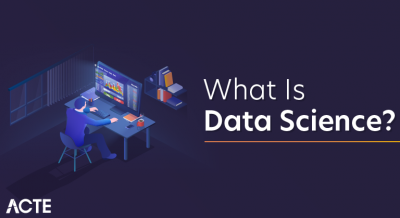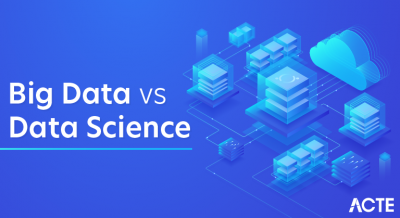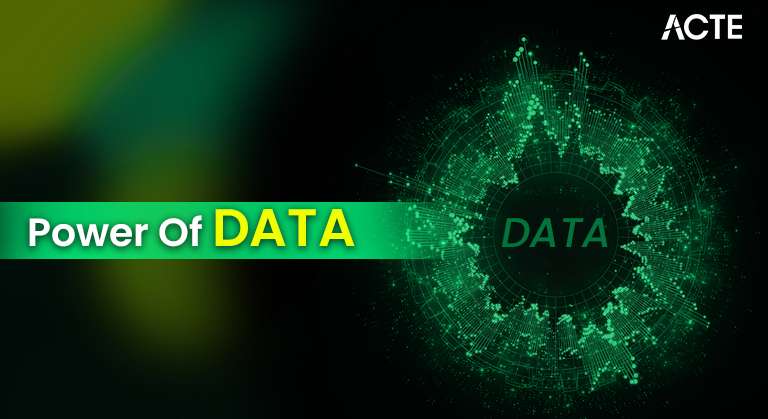
- Understanding Data Science Complexity
- Prerequisites for Learn Data Science
- Mathematics and Statistics in Data Science
- Programming Challenges in Data Science
- Machine Learning and AI Complexity
- Data Wrangling and Cleaning Difficulties
- Big Data and Scalability Issues
- Real-World Problem-Solving in Data Science
- Tools and Libraries that Simplify Data Science
- Tips to Make Data Science Easier to Learn
- Common Mistakes While Learning Data Science
- Conclusion
Understanding Data Science Complexity
Data science is an interdisciplinary field that integrates various techniques, algorithms, and processes to extract valuable insights from structured and unstructured data. Artificial intelligence offers immense opportunities and is in high demand across industries, from healthcare to finance. However, the complexity of data science arises from the wide range of skills needed to address different stages of the data pipeline, including data collection, cleaning, Data Science Course Training , modeling, and interpretation. Each stage requires a distinct set of technical expertise and problem-solving abilities. The challenge of working with large datasets, the intricacies of algorithm selection, and the need to interpret data accurately further add to the AI Complexity. Understanding these complexities is crucial, as it helps set realistic expectations and promotes a more structured approach to learning the field. By breaking down the process into manageable steps and focusing on mastering one area before moving on to the next, learners can effectively navigate data technologies. With the right mindset and strategy, the broad scope of data science becomes more approachable, and the path to mastering it more achievable.
Prerequisites for Learning Data Science
To effectively learn data science, one must have a solid foundation in several areas: Mathematics and Statistics: Key concepts in linear algebra, probability theory, calculus, and statistical inference are essential.
- Programming: Knowledge of programming languages such as Python, R, or SQL is crucial for implementing algorithms and handling data.
- Problem-Solving Mindset: The ability to break down complex problems into manageable tasks and use analytical thinking to conclude.
- Domain Knowledge: Understanding the problem domain you’re working in, as domain expertise is essential for interpreting results correctly and making informed decisions.
Master Data Science skills by enrolling in this Data Science Online Course today.
Mathematics and Statistics in Data Science
Mathematics and statistics form the backbone of data science:
- Linear Algebra: Essential for understanding machine learning algorithms intense learning.
- Calculus: Plays a critical role in optimizing algorithms, particularly in areas like gradient descent used for training machine learning models and artificial intelligence.
- Probability & Statistics: Fundamental for making inferences about data, hypothesis testing, distributions, and Time Complexity for Data Structures . Statistical significance, correlation, and regression are critical to drawing meaningful conclusions from data.
- Algorithm Selection: Choosing the appropriate ML model or algorithm for a given task is not straightforward. The choice depends on the data, problem, and available computational resources.
- Model Tuning: Hyperparameter tuning, feature engineering, and cross-validation can require significant computational power and expertise.
- Overfitting/Underfitting: Balancing model AI Complexity to avoid overfitting (when a model learns the noise in the Data Science Course Training) or underfitting (when a model fails to capture essential patterns).
- Interpretability: For some machine learning models (like deep learning), understanding how the model arrived at a decision can be difficult, which makes debugging and decision-making more complex.
- Missing Values: Handling missing or incomplete data can lead to biased or inaccurate models.
- Inconsistent Data Formats: Different data sources may use varying units, formats, or conventions, requiring significant effort to standardize.
- Noisy Data: Real-world data technologies often contains errors, outliers, or inconsistencies that must be dealt with before analysis.
- Scalability: It is complex to deal with large volumes of data while ensuring that the cleaning process is efficient.
- Python Libraries: Python is widely learn data science because of its powerful libraries like Pandas (data manipulations), NumPy (numerical computing), Matplotlib/Seaborn (data visualization), and Scikit-learn (machine learning).
- Jupyter Notebooks: Interactive environment for running code, making data science experiments more accessible and collaborative.
- TensorFlow/PyTorch: Libraries for deep learning that provide various tools for building, training, and deploying neural networks.
- SQL: The de facto standard for querying databases and extracting data in a structured format.
- Start with the Basics: Build a strong foundation in mathematics, statistics, and programming before diving into complex topics.
- Practice with Real Datasets: Hands-on experience with real-world data will help you understand the challenges of data wrangling and analysis.
- Learn by Projects: Try to work on end-to-end projects that cover everything from data collection to model deployment.
- Collaborate and Network: Join data science communities, attend meetups, or collaborate on open-source projects to Mtech in AI And ML from others.
- Stay Updated: Data manipulations is a rapidly evolving field, so it’s important to stay current with new tools, techniques, and research.
- Skipping the Fundamentals: Jumping directly into machine learning without understanding the underlying mathematics or statistics can lead to confusion later.
- Not Cleaning the Data Properly: Poor Data Reduction in Data Mining leads to inaccurate results and model performance.
- Overfitting Models: Making a model too complex can lead to overfitting, in which the model performs well on training data but fails on unseen data.
- Neglecting Communication: Focusing too much on technical details without effectively communicating the findings can result in missed business opportunities.
Understanding data manipulations concepts is crucial for designing algorithms, evaluating models, and interpreting results accurately.
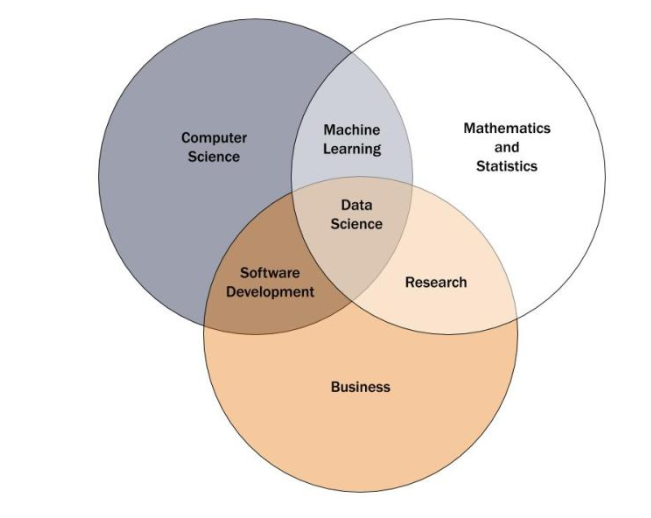
Programming Challenges in Data Science
Programming is a fundamental part of data science, and several challenges can arise here, Data Handling Manipulating large datasets efficiently ensures that operations (e.g., joins, aggregations) are computationally feasible. Debugging Complex Code projects often require experimenting with various algorithms, and debugging can become a challenging task when working with complex data manipulations. Integration of Tools For beginners, it can be difficult to integrate libraries and tools (like TensorFlow, Scikit-learn, Pandas, and NumPy) into a cohesive workflow. Version Control Managing changes in code, especially in team settings, can be challenging without proper version control practices (e.g., Git).
Enhance your knowledge in Data Science. Join this Data Science Online Course now.
Machine Learning and AI Complexity
Machine learning (ML) and artificial intelligence (AI) introduce a high level of complexity in data science:
Data Wrangling and Cleaning Difficulties
Data wrangling (cleaning and preparing raw data for analysis) is often one of the most time-consuming tasks in data technologies . Challenges include:
Big Data and Scalability Issues
With the advent of big data, scalability issues are a growing concern in data science. The challenges include, Data Storing and managing vast AI Project Cycle of data requires specialized tools (e.g., Hadoop, Spark) and infrastructure. Processing Time As datasets grow, processing times increase, requiring parallel computing and distributed systems. Real-Time Data Processing and analyzing real-time data streams adds another layer of complexity, especially when you need to provide immediate insights (e.g., in fraud detection or recommendation systems).
Want to lead in Data Science? Enroll in ACTE’s Data Science Master Program Training Course and start your journey today!
Real-World Problem-Solving in Data Science
Real-world data science involves solving practical problems and dealing with ambiguity, Business Understanding: Translating business problems into data science tasks requires domain knowledge and stakeholder collaboration. Imperfect Data is rarely perfect, and one must learn how to work with Natural Language Processing datasets while still delivering actionable insights. Continuous Learning Data science is an ever-evolving field, and real-world problem-solving often involves experimenting with new methods, algorithms, and tools.
Tools and Libraries that Simplify Data Science
Several tools and libraries can simplify the learning process and speed up data science workflows:
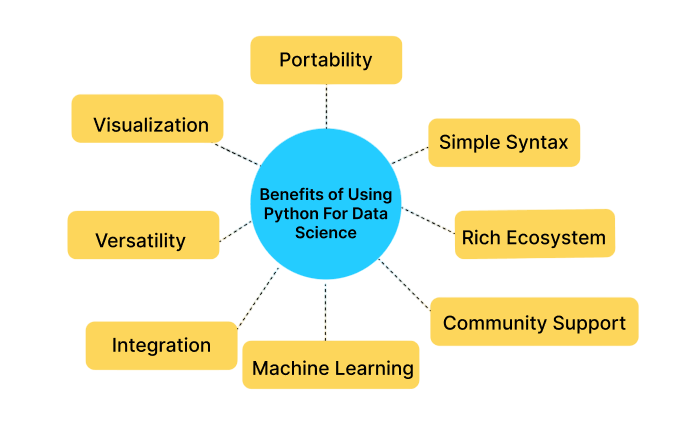
Tips to Make Data Science Easier to Learn
Preparing for a job interview? Explore our blog on Data Science Interview Questions and Answers!
Common Mistakes While Learn Data Science
Conclusion
Data science can initially seem daunting, but it becomes much more manageable with the right approach. While the field is inherently complex, requiring technical skills, domain expertise, and problem-solving abilities, Python is achievable for those who remain persistent, curious, and systematic in their learning journey. The artificial intelligence to data science is to break the learning process into smaller, more manageable steps. Start by building a strong foundation in core areas such as mathematics, programming, and statistics, and then gradually progress to more advanced topics like machine learning and big data technologies. Continuous practice is essential, as hands-on experience reinforces concepts and enhances problem-solving skills. Data Science Course Training also important to adopt a growth mindset, where challenges are seen as opportunities for improvement rather than obstacles. Data technologies can be an exciting and rewarding field with the right tools, a disciplined approach, and a willingness to learn. As you build your skills and knowledge, you’ll find that the complexities of data science become more understandable and approachable, and the potential for impact in various industries is immense.


